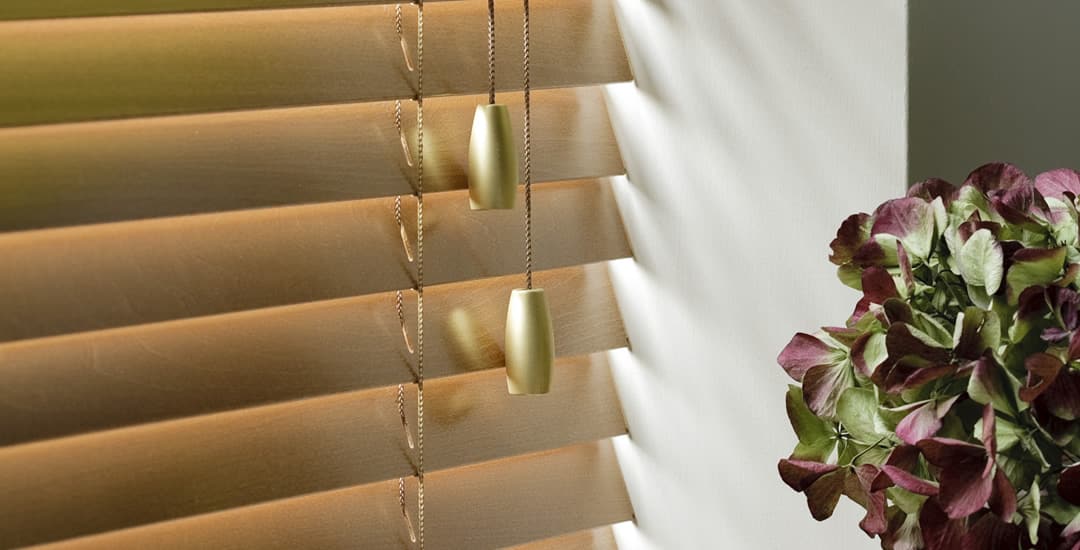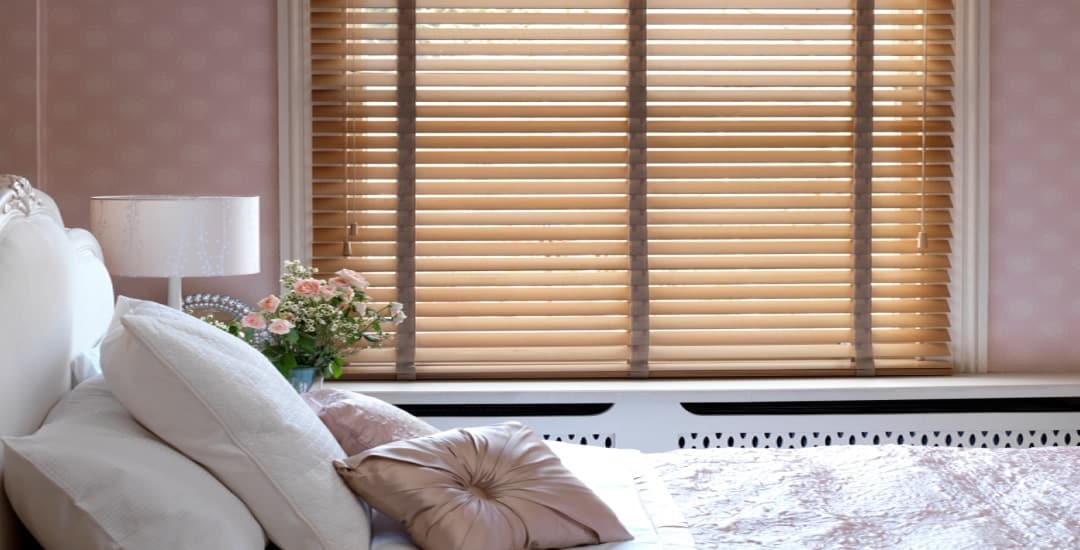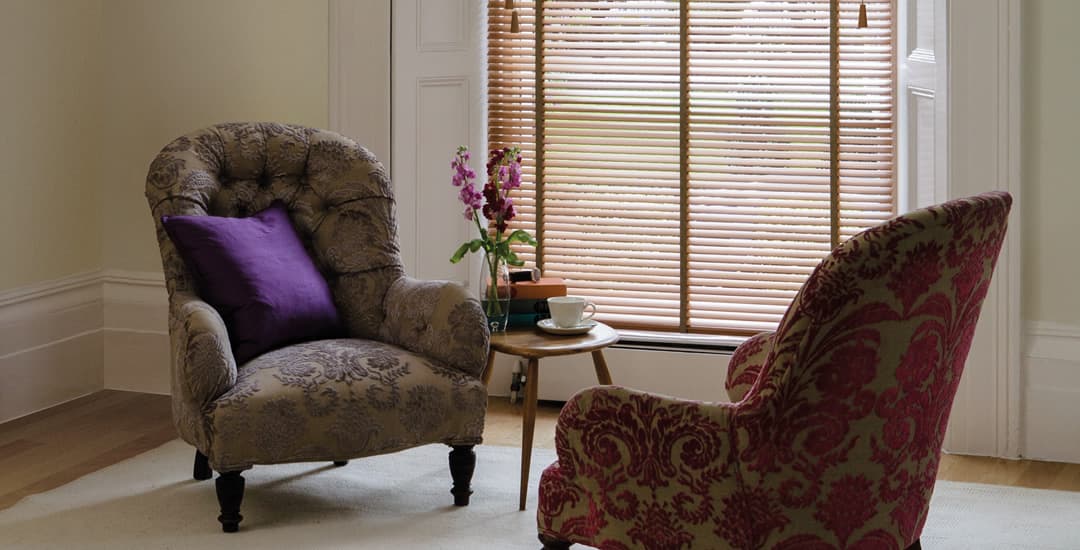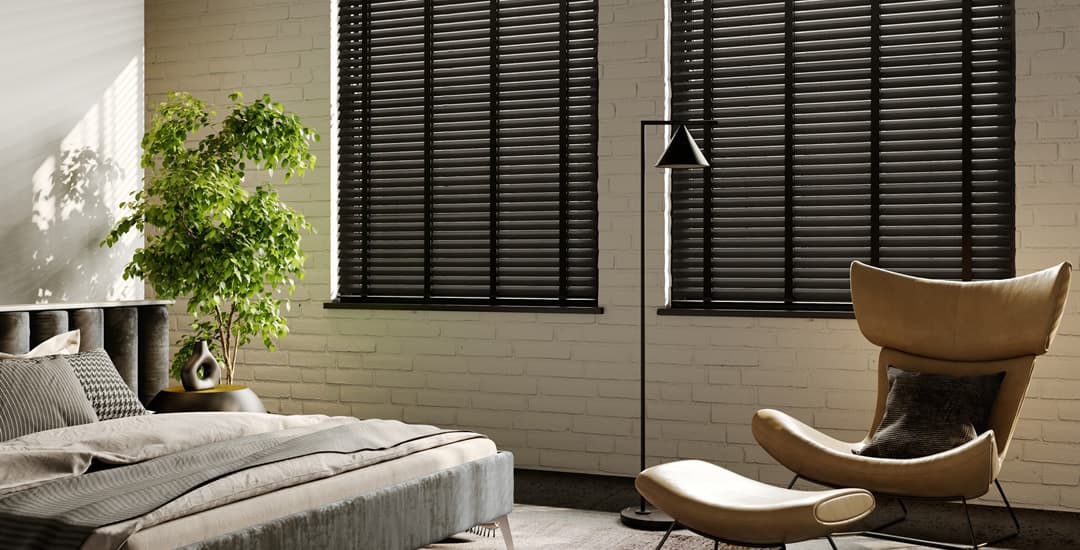
Yes, as long as they’re the correct fit for the window (so no gaps for light to leak around) and are closed flush, wooden blinds will block UV rays from potentially damaging anything within your room for as long as the blind is fully closed.
This can help to avoid things like sunlight fading the fabrics of your lounge suite, or the walls ending up with patches of darker colour paint or wallpaper where pictures were hung, or even the fading of your pictures themselves!
However, wooden blinds don’t produce a hermetic seal through which no UV at all can pass, which isn’t going to be a problem for anyone in 99.9% of cases or possible scenarios, with the exception of anyone or anything so photosensitive that even the small amount of UV that a wooden blind permits into the room would pose a potential problem.
This blog post will outline in more detail how wooden blinds block UV rays, and any potential shortcomings in this area.
Do wooden blinds block UV rays when they’re only partially closed?

One of the advantages of wooden blinds is that their slats can be tilted to allow you to filter the light and control your privacy without blocking out all of the sun entirely. However, sunlight = UV, and so using your blinds to filter rather than block sunlight or to take the edge off glare will reduce the amount of UV streaming into the room, but not entirely.
This means that if you’re trying to slow or stall the rate of fading or potential fading of things in the room, using partially closed wooden blinds will certainly help, particularly if your room is really bright when the sun is out; but this won’t be as effective as closing the blinds fully and entirely.
Furthermore, if you tilt the slats of your blind into a certain position and leave them in situ like that for very long periods of time, you might end up with areas of localised fading on items within the room that match the pattern of the blind’s slats; which is unlikely to be something you’re overly keen on introducing as a new design feature!
Do wooden blinds block UV rays from damaging the blind itself?

Yes, certainly up until the blind reaches its twilight years, being well over a decade for good quality made-to-measure wooden blinds.
Good quality wooden blinds are treated with a special finish that offers protection against UV rays that might cause fading or discolouration of the blind itself.
Can blinds block out UV rays with 100% efficacy?

No, because wooden blinds aren’t blackout blinds, and even if the blind is closed fully with the slats lying totally flush, a small amount of diffuse UV light will pass through the gaps between the slats of the blind.
When it comes to how well a wooden blind will protect the room behind it, the darker the finish or colour of the blind itself, the greater this protection will be, interestingly enough. The thickness of the slats of the blind could theoretically play a part too, the thicker the better; but no wooden blind has slats so fine and flimsy as to be light-permeable in terms of the slats themselves, so this is really only a theoretical comparison rather than one with real-world applications or consequences!
If you or something in the room you’re shopping for blinds for is extremely photosensitive or requires a 100% UV blackout when the blind is closed, wooden blinds would not be the best choice.
A better option would be choosing two blackout blinds each made from a single sheet of fabric (like a Roman blind or a roller blind, rather than a slatted or louvred blind) and hanging one inside of the window recess and one over it, this latter with a margin of an additional 10cm over each of the four sides of the wall to prevent any light leakage.
For everyone else, however, wooden blinds block UV sufficiently to protect the contents of a room for all normal applications and concerns, and so are perfectly suitable for the majority of us!




